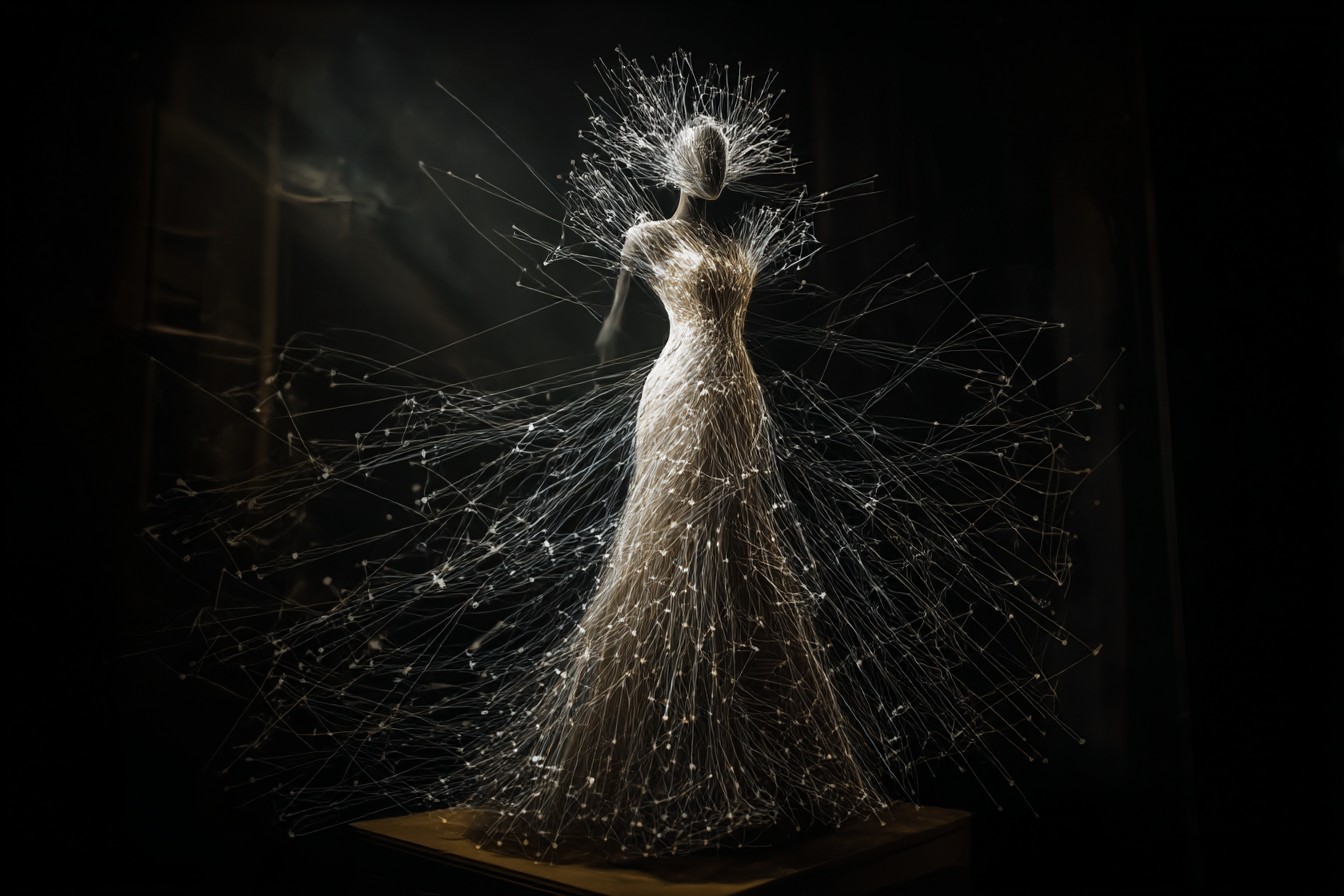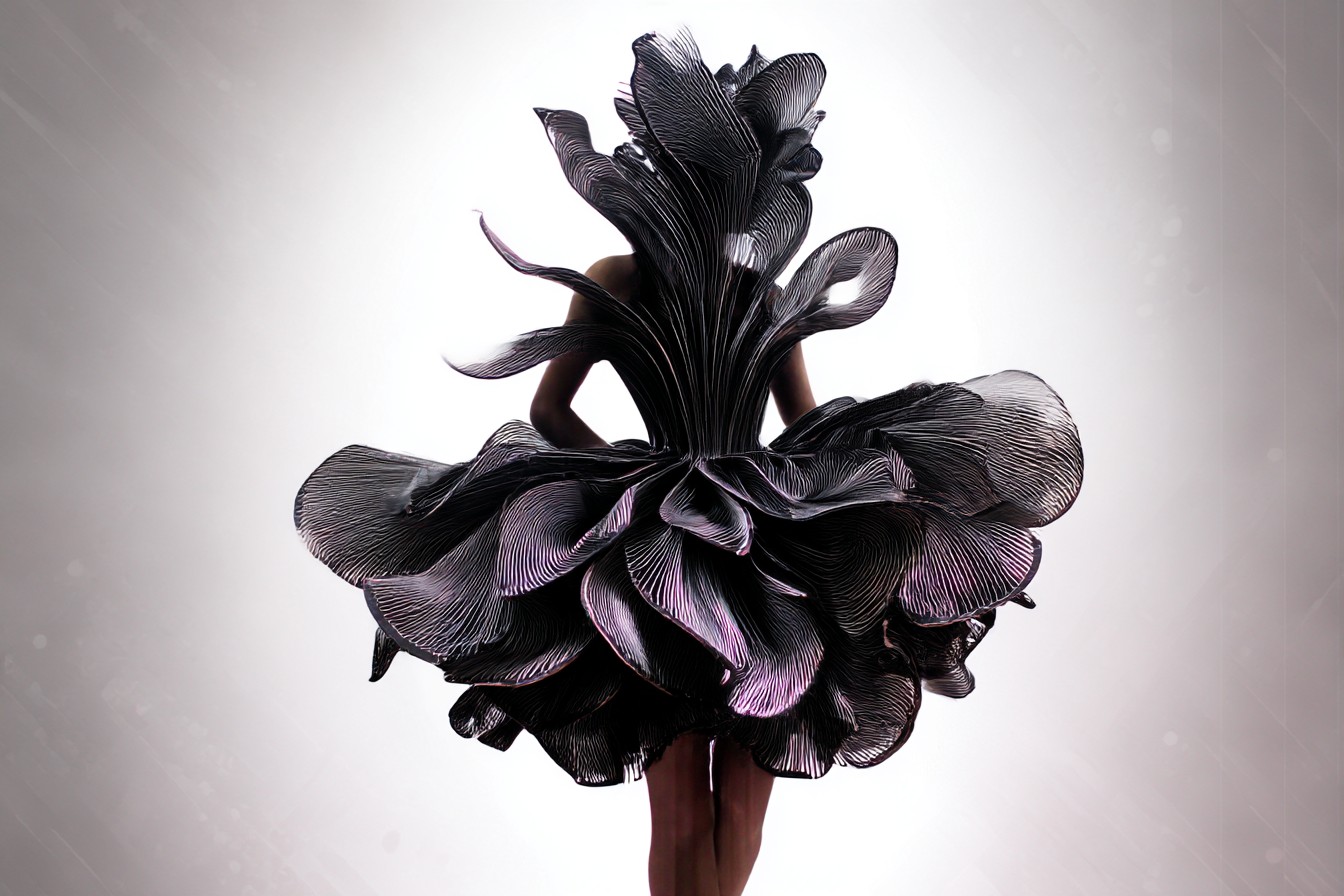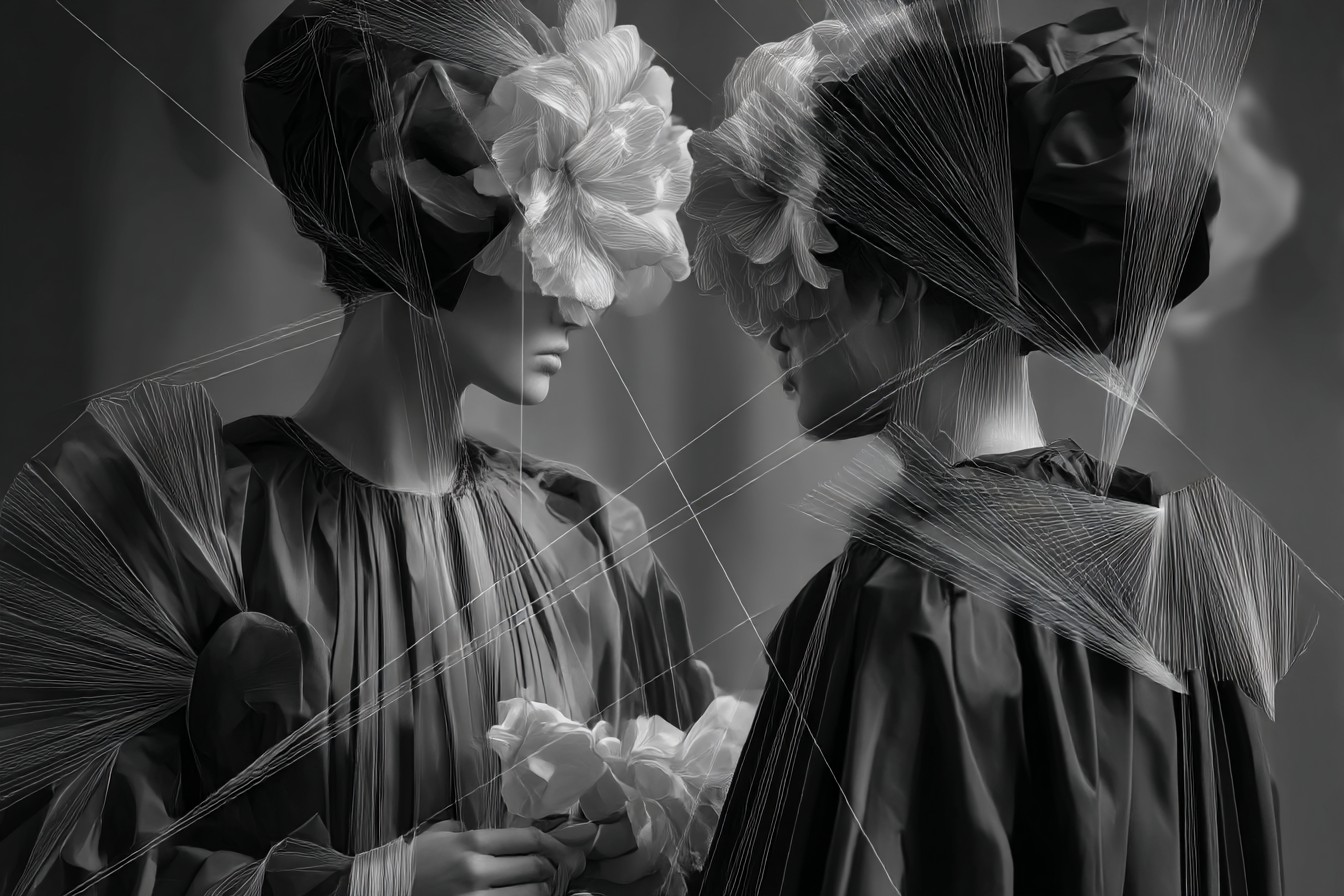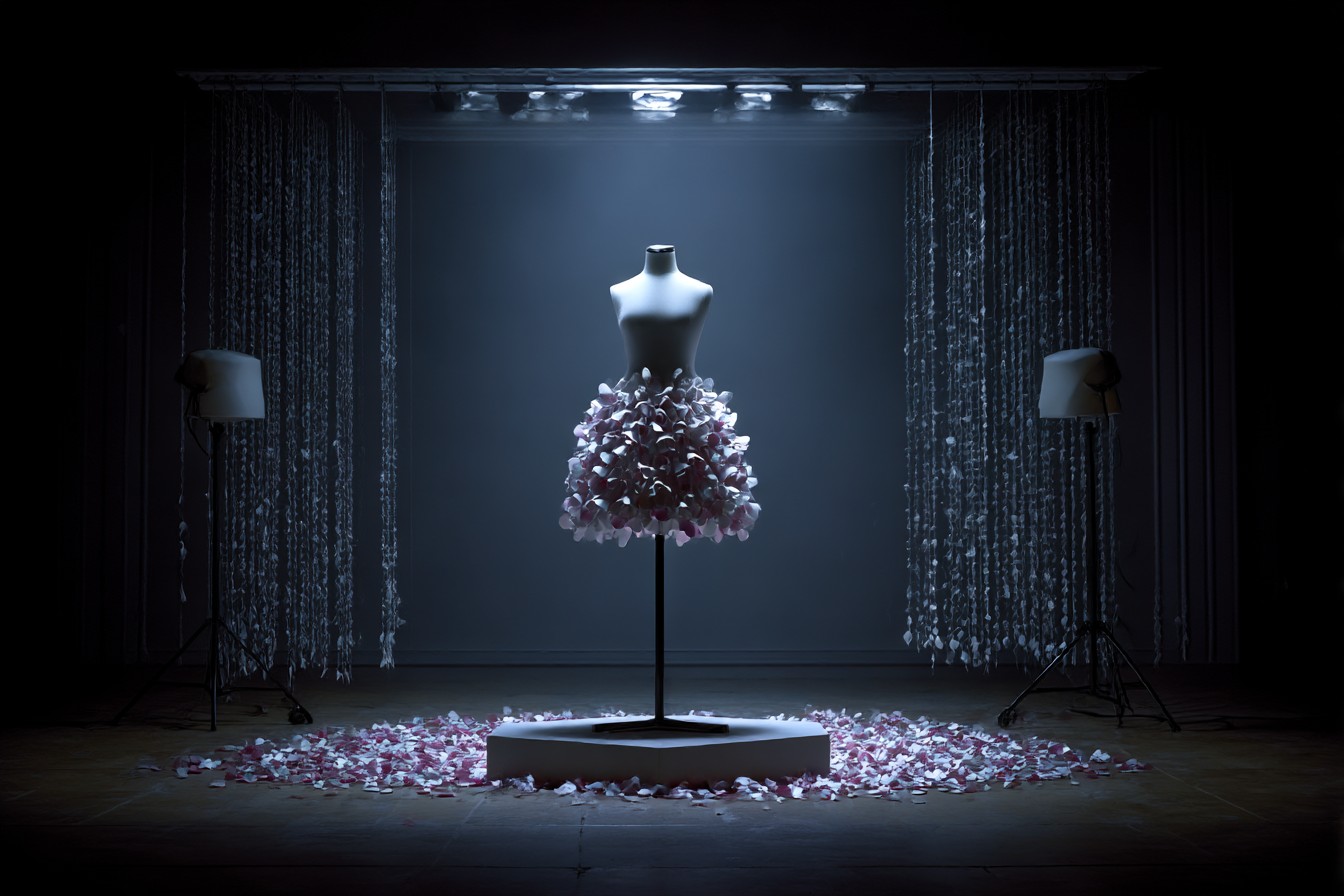The moment I knew my gift documentation system had potentially crossed into slightly weird territory was at my friend Lisa’s birthday dinner three years ago. I’d given her a vintage cocktail book from the 1920s, knowing she’d recently developed an obsession with pre-Prohibition era drinks. As she unwrapped it, I found myself reaching for my phone under the table, ready to surreptitiously note her reaction. That’s when her husband James caught my eye from across the table.
“Are you… taking notes?” he asked, eyebrows somewhere near his hairline.
A mortifying silence fell over the table as everyone turned to stare at me, phone half-hidden in my lap.
“I just… I keep track of gifts. To know what works for next time,” I stammered, feeling my face turn approximately the shade of the red velvet cake waiting in the kitchen.
Lisa, bless her, burst out laughing. “Of course you do. That’s why you always give the perfect presents. You’re basically running a gift research program with us as your unwitting subjects!”
She meant it affectionately, but the phrase “unwitting subjects” stuck with me. Had my lifelong obsession with giving the perfect gift tipped over from thoughtful into something more… surveillance-like? Was I reducing my loved ones to data points in some bizarre personal CRM system? The thought was uncomfortable enough that it sent me home that night to seriously reconsider my approach.
I’ve kept gift journals since I was eight years old. What started as a glittery purple notebook filled with childish observations (“Dad hates argyle socks!!”) has evolved over the decades into a comprehensive system of notebooks, digital files, and, yes, occasionally surreptitious notes taken on my phone during gift-opening moments. The system has served me well—I rarely give a truly unsuccessful gift these days—but Lisa’s birthday forced me to confront the fine line between thoughtful record-keeping and, well, being a bit creepy about it all.
After some serious reflection (and consultation with Charlie, who confirmed that yes, secretly documenting people’s reactions to presents is “a bit much, love”), I’ve developed what I think is a more balanced approach. I still keep meticulous gift records because I genuinely believe they help me be a more thoughtful friend and family member. But I’ve established some ethical boundaries and practices that keep the system from veering into uncomfortable territory.
First, let me explain what I actually track, because it’s not quite the comprehensive surveillance program Lisa jokingly described. For each person in my close circle, I maintain a simple record with a few key components: gift ideas I’ve collected throughout the year (things they’ve mentioned wanting, interests they’ve expressed, problems they’ve complained about that a gift might solve); gifts I’ve given in the past with brief notes on how they were received; and general preference notes (loves anything blue, hates scented candles, allergic to wool, etc.).
The “how they were received” part is what had become potentially problematic. I’d gotten into the habit of noting very specific reactions—whether someone displayed the item in their home months later, how often they wore the jumper I’d given them, whether they ever mentioned using the kitchen gadget. This level of detail helped me refine future choices, but I came to realize it also represented a kind of ongoing gift assessment that the recipients had never consented to.
My revised approach maintains the usefulness of tracking gift successes and failures while respecting people’s privacy and agency. Here’s how it works now:
Instead of secretly documenting reactions, I’ve made my process more transparent. My close friends and family now know I keep gift notes. Not in a weird “I’m watching your every move” way, but in casual conversation: “I’m trying to keep better track of what works as gifts—would you mind telling me if you’re still enjoying that recipe book I got you last Christmas?” This simple shift from covert observation to open conversation has transformed the dynamic entirely.
Surprisingly, people are usually delighted to provide feedback when asked directly. It turns out most folks appreciate that someone cares enough to want to give them things they’ll genuinely enjoy. Lisa now voluntarily sends me texts when she makes a cocktail from “that brilliant book,” often with photos and reviews. This freely offered information feels entirely different from my previous detective work.
I’ve also simplified my documentation considerably. Rather than detailed notes on every reaction nuance, I now use a simple three-category system: direct hit (enthusiastically received and definitely used/enjoyed), miss (politely received but clearly not exciting or useful), or unclear (couldn’t really tell from reaction). This prevents me from overanalyzing every facial expression like some gift-giving Sherlock Holmes.
For the direct hits, I make note of what specifically worked about the gift—was it the aesthetic, the functionality, the sentiment? This helps me identify patterns in what people truly value. For the misses, I try to honestly assess what went wrong without making excuses. Was I projecting my own preferences? Did I misinterpret something they said? This reflection makes me a better gift-giver over time without requiring ongoing surveillance.
The “unclear” category is where my new approach really differs. Previously, I would have embarked on a subtle investigation—casually dropping the gift into conversation months later or looking for evidence of it during visits. Now, I simply let it go. If someone doesn’t volunteer information about whether they liked something, that’s their prerogative. Not everything needs to be analyzed, and people deserve the privacy to quietly donate, regift, or drawer-bury presents that didn’t quite hit the mark.
This revised system maintains the core benefit of my record-keeping—helping me give gifts that genuinely resonate—while respecting boundaries. But beyond the practical aspects, I’ve developed some ethical principles around gift documentation that guide my approach:
People’s preferences are not static data points. My brother loved astronomy as a teenager, but his interests have evolved considerably since then. Instead of relying on historical records, I make a point of refreshing my understanding of people’s current passions through actual conversations. Gift notes should support genuine connection, not replace it.
Context matters enormously. A gift that’s perfect in one situation might be completely wrong in another. When my friend Sophie was going through a difficult divorce, the luxurious bath products that would normally have delighted her sat unused because her temporary flat only had a shower. My notes now include relevant life circumstances that might affect how a gift is received.
The relationship is always more important than the perfect gift. If maintaining detailed records starts to make interactions feel transactional or research-oriented, it’s missing the point entirely. I’ve learned to be present in the moment of giving rather than mentally filing away reactions for future reference.
Not everyone wants to be surprised. While I used to pride myself on finding the unexpected perfect gift, I’ve learned that some people genuinely prefer to receive items from their wish lists or things they’ve explicitly mentioned wanting. My husband Charlie, for instance, appreciates thoughtful surprises for birthdays but prefers to choose exactly what he wants for Christmas. Respecting these preferences is more important than proving my gift-selecting prowess.
Gift privacy works both ways. Just as I’ve become more transparent about my record-keeping, I’ve also become more respectful of people’s right to privacy about whether they use or enjoy gifts. No one should feel monitored or obligated to perform ongoing gratitude to avoid hurting a giver’s feelings.
With these principles in mind, my gift documentation has become less about creating perfect dossiers on everyone I know and more about supporting meaningful connections through thoughtful giving. I still maintain my records, but they’re now a tool rather than an obsession.
Some practical tips I’ve found helpful for anyone wanting to keep track of gift successes without veering into creepy territory:
Create dedicated spaces for gift ideas as they occur to you. I use a notes app with a separate note for each close friend and family member. When someone mentions loving a particular author or needing a specific item, I can quickly jot it down without making it a big deal. This in-the-moment recording is far more accurate than trying to remember offhand comments months later.
After major gift-giving occasions like Christmas or birthdays, take ten minutes for a quick reflection while the experience is fresh. What seemed to genuinely delight people? What got a more muted response? These observations, written down immediately, are more valuable than detailed surveillance in the months that follow.
If you’re unsure about how a gift was received, it’s absolutely fine to ask—once, casually, and without putting the person on the spot. “Did that jumper fit okay?” or “Have you had a chance to use that coffee grinder?” opens the door for feedback without demanding it. If they give a vague answer, accept it gracefully and move on.
When someone tells you they loved a particular gift, take note of why. Often the reasons are surprising and reveal something deeper about their preferences than the specific item itself. My mother-in-law once told me a cookbook I’d given her was her favorite present that year not because of the recipes but because the photography reminded her of her childhood home. That insight was far more valuable than knowing whether she made the actual dishes.
Remember that gift failures provide valuable information too. I keep track of my misses just as carefully as my hits, which has helped me identify blind spots in my giving. For years, I gave my father books related to his professional field, receiving polite but unenthusiastic thanks. It was only after a particularly honest conversation that I learned he specifically didn’t want to read about work during his leisure time—a preference I’d completely misinterpreted.
Consider keeping separate records for what people have told you directly versus what you’ve observed or inferred. Direct statements (“I collect vintage teapots”) are reliable gift guides. Inferences (“She wore that blue scarf I gave her three times in one week”) are more speculative and should be weighted accordingly.
If your note-taking starts to feel secretive or uncomfortable, that’s a good sign you’ve crossed a line. Gift records should feel like a resource for thoughtfulness, not a covert intelligence operation. If you wouldn’t be comfortable with the person reading what you’ve written about their preferences, you should probably reconsider your approach.
Perhaps the most important lesson I’ve learned is that the best gift insights come from genuine connection, not systematic observation. When I’m truly present in conversations, when I listen with authentic interest rather than gift-seeking intent, I naturally absorb information about what matters to people. The notes are just memory aids for these authentic moments, not substitutes for them.
That dinner at Lisa’s marked a turning point in how I approach my gift documentation. I still keep my records, but I do it with more transparency, more respect for privacy, and a clearer understanding of the line between thoughtful and intrusive. When I gave her a set of vintage cocktail glasses to complement the book for her birthday this year, I didn’t reach for my phone under the table. Instead, I simply enjoyed her genuine delight in the moment. Later that evening, she texted me a photo of the glasses filled with an experimental manhattan, with the caption “Perfect gift as usual! I know this is going in your database. Grade: A+.”
She was right, of course. It did go in my records. But now it’s there with her full knowledge and good-natured consent—a data point freely given rather than secretly collected. And somehow, that makes all the difference.






Leave a Reply